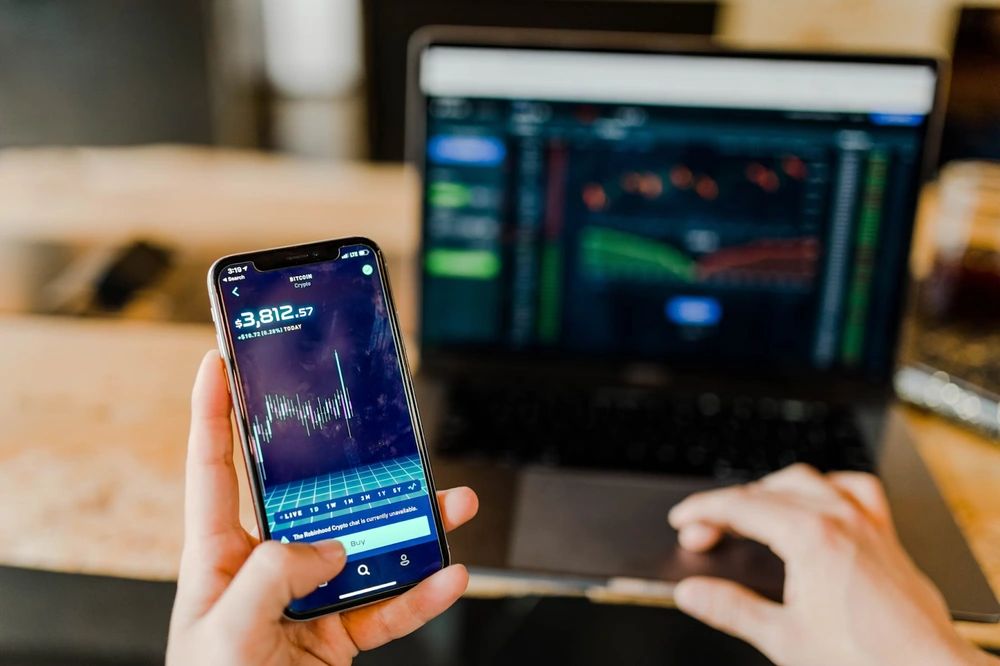Want to beef up your CS2 skin stash or profit from your online treasures? Trading right is critical.
This article offers a speedy tour of how to buy, sell, and trade CS2 skins and breaks down the actions for you to gain maximum worth. It’s packed with wisdom and tactics for sharp, rewarding trades, but without giving away all the CS2 skin trading secrets.
Discovering the CS2 Skins Landscape
CS2 skin trading banks on a structure with eight unique rarity scales determining their demand and value in the market. The rarity ranks are:
- Consumer Grade (the most usual)
- Industrial Grade
- Mil-Spec
- Restricted
- Classified
- Covert
- Labelled as Super Rare Special Items
- Contraband (the scarcest tier)
A skin’s rarity significantly tweaks its market value, causing some skins to shoot up in price.
Each CS2 skin carries a ‘float worth’ from 0 to 1, showing how much it’s been used or its state of preservation—skins with tinier float values show less usage, making them hot commodities in trades.
Certain skins have exclusive float values for their type, boosting CS trading and total price. The assigned float value outlives gameplay use, remaining fixed from the start.
Trading Skins in CS2: A Basic Guide
Within the Counter-Strike community, trading often involves swapping skins with other Steam users. Understanding trading basics is key to easy and successful swaps. Knowing how trading works prepares you for buying and selling, making your first trade a confident one.
This knowledge is vital when making your first trading step in the game.
Choosing the Best Trade Offer
Finding the best trade offer needs careful research and relationship building. Checking a skin’s float value verifies its condition before trading.
Additionally, connecting with other traders can lead to great trades and trading insights.
So, get involved in the trader community. More contacts mean more deals to mull over. Eyes open for big chances, and snap them up when the time’s right!
Completing Trades and Transfers
This is where your planning matters. On Steam, users need to follow steps to complete trades.
- Move selected skins into their corresponding trade slots.
- Confirm items by ticking a separate box.
- Finalizing trades, through either the Steam Mobile App’s Mobile Authenticator or an emailed confirmation helps to keep accounts safe.
When trading, you need to communicate. The Steam trading system has a live chat and a trade log, keeping track of trades and keeping chats clear.
Always look again at all the items you’re trading. Use the chat on Steam to talk about trade details with your partner. Watch out for trades others want to do outside of normal Steam trading as they can be scams.
Knowing the Tricks: Buying and Selling Skins
When dealing with skins, trade knowledge, understanding floating values, market workings, and clever pricing are essential skills.
The skins in CS2 are more than functional. They show prestige and expressive style. Some people choose to sell their skins on auction platforms. They might get more money, but finding a buyer might also take longer.
Or choose quick trades with bots which may not get as much money.
You need to know the market well to impress others with unique skins or make a good profit selling yours. Let’s discuss ways to improve at buying and selling these in-demand virtual goods.
Selling Skins: What to Consider
Selling skins right means knowing the correct prices, innovative selling strategies, and how things like float values impact price. Float values show the wear level and helps in setting the right price.
Different skin conditions like Factory New or Battle Scarred affect prices. It’s important to know how conditions and prices relate.
Want to sell skins well? Try these tips:
- Don’t price too high; think about stickers’ added value.
- Use good photos and details to show why your skins are special and draw in buyers.
- Well-priced, captivating descriptions pull buyers in!
Buying Skins: How to Do It Right
Buying skins needs careful timing and understanding market trends. Try these tips for better buying:
- Use your Steam account to reach auction sites.
- Show your steam trade URL on your profile for buyers to see.
- Do your homework on the current market trends to price your skins competitively.
- Set up your listing to grab the interest of potential buyers.
- Vigilantly monitor shifts in the market, aiming to acquire skins when their prices dip.
Adherence to these suggestions could bolster the probability of executing advantageous purchases in skin transactions.
In pursuit of lucrative outcomes from trading skins, seize opportunities presented by low pricing periods such as during Steam sales or following the introduction of new game content releases—moments ripe for buying assets inexpensively only to offload them at elevated price points later.
Navigating Third-Party Skin Trading Sites
Third-party trading sites offer alternative avenues for CS2 skin trading, which afford security and dependability during the buying and selling.
These sites equip traders with valuation instruments that track price fluctuations over time, enabling users to assess their skins’ worth accurately. Nevertheless, it is crucial to scrutinize the credibility of any skin trading site one might consider using and comprehend the benefits associated with engaging in trade on third-party platforms.
Evaluating Site Legitimacy
Assessing the legitimacy of a CS2 trading site parallels conducting a background check. It involves assessing the site’s:
- Operation time
- Visitor count
- Customer reviews
- Social media presence
- Support team accessibility
Longevity and reputation are crucial indicators of a site’s reliability for users worldwide.
Perks of Third-Party Platforms
Apart from Steam, third-party platforms make trading enjoyable with lots of skins and items. They might not be on Steam. Lots of users all over the world love trading here. You can trade with different people, not just local ones.
These platforms can sell skins at reasonable prices. Often these prices are better than those on Steam’s marketplace, with automated trading systems. They also sell skins fast to cash. Besides, they provide many choices for withdrawing your money. There are no international restrictions. Plus, many banks support them!














